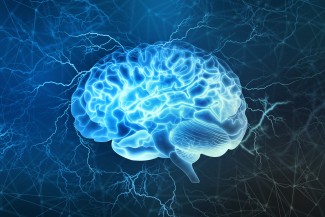Adolescent Brain Development Reading List
Submitted by Edie
-

Following a highly thought-provoking webinar from Dr Ken Winters, Senior Scientist at the Oregon Research Institute and the University of Minnesota, we have gathered a selection of reading material that may help you as you continue your studies in adolescent brain development.
Below we have selected a collection of research, resources and publications that will help in developing a strong working knowledge of the subject. If, after completing the reading, you are keen for more, head over to the ISSUP Knowledge Share where you can search for further information on the subject.
- In 2016, UNICEF hosted The Adolescent Brain: A second window of opportunity, a symposium that brought together experts in adolescent neuroscience to discuss this emerging science behind adolescent brain development. The Adolescent Brain: A second window of opportunity is a collection of short articles from the event that give a broad overview of adolescent neurodevelopment and the factors and interactions that can influence it one way or another.
- The National Institute on Drug Abuse mission is “to advance science on the causes and consequences of drug use and addiction”. The NIDA website is full of useful research and tools that break down complicated subjects into understandable language. Drugs, Brains and Behavior: The Science of Addiction provides a clear overview of why people become dependent on drugs, as well as how changes in the brain can foster drug addiction.
- In this scientific review, entitled Adolescent Brain Development, Substance Use, and Psychotherapeutic Change, the researchers provide a thorough overview of the subject including how substance use can impact cognitive functioning and some suggestions of evidence-based treatment options.
- At Harvard University there is an entire research centre dedicated to the developing child. As part of their website, they include a section on Early Childhood and Mental Health which explores some of the key factors that risk causing disruption to neurodevelopment. There is also a handy overview of genetics and an excellent video summary.
- In this article, the Society for Neuroscience examines the Links between Adolescent Brain Development, Mental Illness and Substance Use Disorder. They encourage further research into the subject in order to support the development of evidence-based treatment.
- Studying a young person’s trajectory is an important way for researchers to gather information about factors that influence development. The Longitudinal Study of Adolescent Brain Cognitive Development (ABCD Study) is an ongoing study funded by the U.S. National Institute on Health. The website above provides information about the study as well as news about the latest findings.
- Resilience has become a common phrase. However, understanding what it means to be resilient or ways in which to develop resilience is not always straight forward. In the article Understanding Resilience, published in frontiers in Behaviour Science, the researchers define and discuss the concept.
